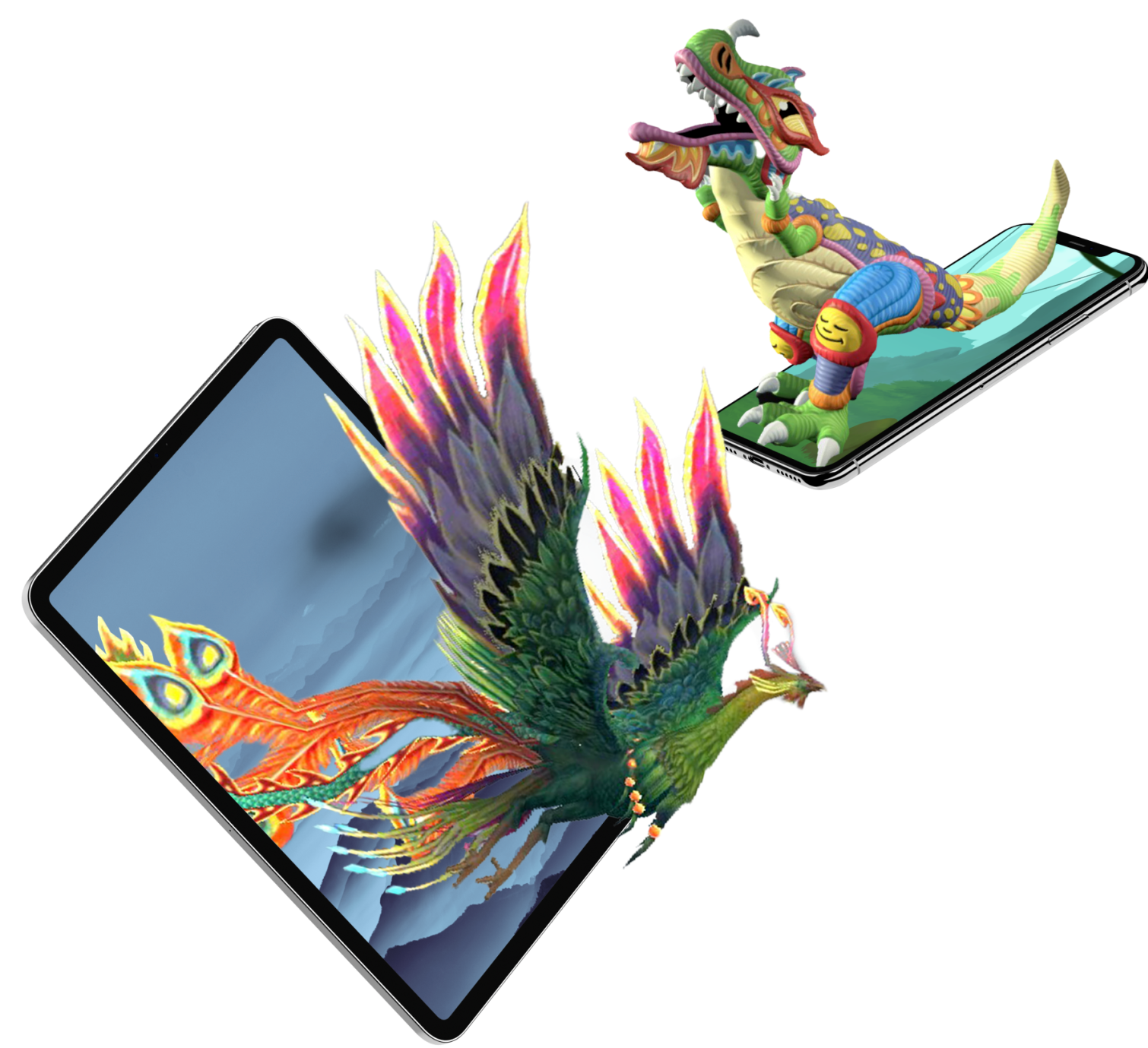Virtual Reality Driving Simulator Tests Driving Performance at Various Intoxication Levels
Virtual Reality Driving Simulator Tests Driving Performance at Various Intoxication Levels
THE PROBLEM
Wayne State University's Randall Commissaris had a challenge he had set for himself.
He had already done plenty of research on how alcohol and marijuana impair driving ability.
However, he had done it using an old Chevy Impala.
Now, he wanted to find someone who could build a virtual reality-based simulator that could produce results on a larger scale and more quickly.
"I thought it would be more effective and more
useful if you could take those demonstrations to the people," he said.
Through a bid-like process, Randall met the BrandXR team.
"I had toyed with virtual reality for a while," he said. "Had some undergrad students interested in the project. It never quite got off the ground until we got with BrandXR and there was a different level of interaction. It helped a lot."
Once he settled on BrandXR, the VR driving simulator project really took off.
"It never quite got off the ground until we got with BrandXR."
THE SOLUTION
BrandXR worked alongside Commissaris to develop a driving simulator and a series of driving scenarios that would allow him to test subjects who are at varying levels of intoxication.
The subjects would drink alcohol, take a breathalyzer, then jump behind the wheel of the VR driving simulator. The subjects would do this a number of times until they reached the legal limit of 0.08 blood alcohol content (BAC).
With every driving test Professor Commissaris measures the subjects crash reaction avoidance time. And as you might expect, your reaction time slows down with every drink, so much so that Commissaris is advocating the legal limit of 0.08 BAC be changed to 0.05 BAC, which is the legal limit in many European countries.
Without the VR driving simulator, Commissaris would not have had the data needed to publish two research papers.
THE RESULTS
Through additional volume of experiments made possible by the BrandXR-built experience, Commissaris has been able to publish research papers with specific conclusions.
"It's easy to demonstrate the effects of marijuana or alcohol in the VR car," he said.
The mere existence of the product has him thinking of other applications that the car could contribute to.
For now, though, he's satisfied with BrandXR's work, which could save lives.
"It's one thing to talk about alcohol impairment," he said. "It's another thing to demonstrate it. The VR car helped us do that."
It is very important that the art doesn’t fall behind and that we, as a city and as an art organization, are not left behind, It’s almost like having a museum throughout the city. That’s the idea.
— PATRICK KAHN, SNAP GALLERY ORLANDO
I had no idea how to translate what I wanted into a VR experience. They are great to work with. They could see some of what I wanted to do and then make suggestions. The suggestions really helped us a lot along the way. It was very collaborative.
— Wayne State University associate professor Randall Commisaris
SUPPORT
Detroit
Orlando
Saudi Arabia
BrandXR. All Rights Reserved. Website designed by Unleash Media.




